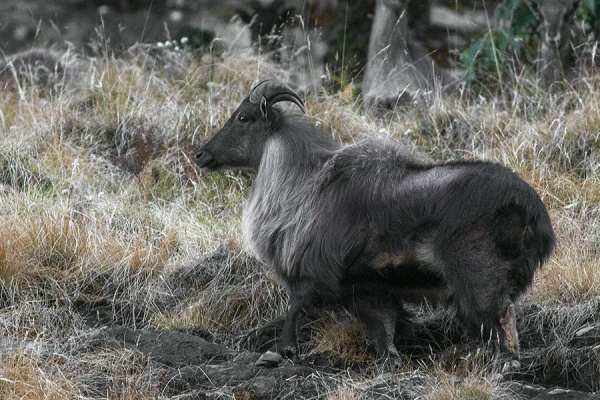Facts About Himalayan tahr
The Himalayan tahr is a large, hoofed mammal native to the Himalayas, specifically found in southern Tibet, northern India, and Nepal. Due to hunting and habitat loss, its population has been declining, leading to its current status as Near Threatened on the IUCN Red List. Recent studies have classified the Himalayan tahr under the wild goat category, within the genus Hemitragus. Notably, these animals have also been introduced to regions such as Argentina, New Zealand, South Africa, and the United States.
Tahrs belong to the Caprinae subfamily, making them closely related to sheep and goats. The name "tahr" derives from the Nepali word "thār" and entered the English language in 1835. These animals exhibit clear sexual dimorphism, with males being larger and possessing longer horns. They are well-adapted to harsh climates, with thick coats that protect them from the cold, specialized hooves for navigating rocky terrains, and multi-chambered stomachs for digesting tough vegetation.
Typically, Himalayan tahrs inhabit rocky, mountainous areas and feed on a variety of plants. They face predation from snow leopards and compete with other herbivores for food. In regions where they have been introduced, such as Argentina, New Zealand, South Africa, and the United States, they often disrupt local ecosystems.
Methods like hunting and poisoning are employed to control invasive tahr populations. In New Zealand, the Department of Conservation primarily utilizes hunting, having culled over 24,000 tahrs since 1993. Poisoning with compound 1080 is another method, but its environmental impact and opposition from hunter groups limit its use. Current efforts aim to manage tahr populations to mitigate their adverse effects on native plants and animals.
